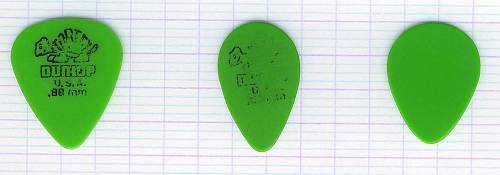
Information about Picks for mandolin and guitar |
On this page I have collected some information about picks that I have used or that i am still using, about shapes and materials. I have made scans of picks I have used and I am still using.
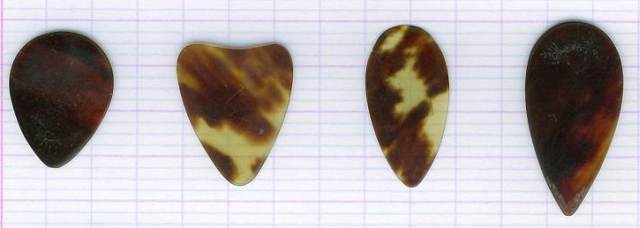
For a long time celluloid was mostly used for picks. An also today you can get picks made from real cellulose. The possibility to produce celluloid in all kind of shimmering colours made it very attractive, the disadvantag of celluloid is, that it burns pretty well.
Picks made from celluloid - like those made from tortoise shell - also get a rough edge very fast, but are usually a good choice. Those picks are usually not very expensive, so you can always take a new one, if the edge has got rough.
The next picture shows to Fender pick, small size, heavy.
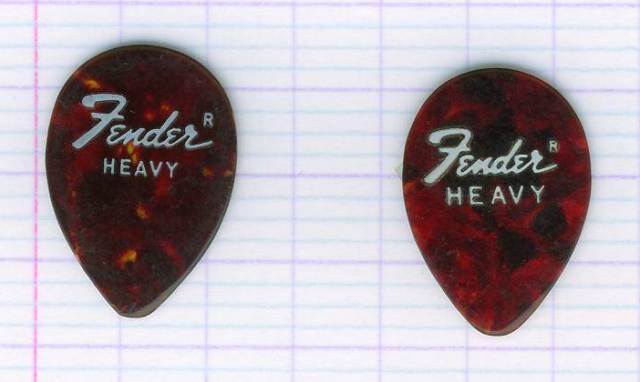

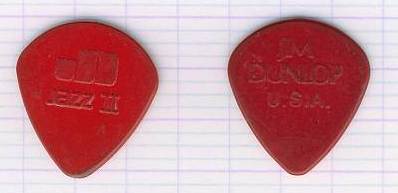
A nice little pick with a special shape and a mandolin and the word "mandolin" in gold on it. Made by Pickboy in Japan. Shape is similar to the Pettine picks below, but this pick is too soft for me.
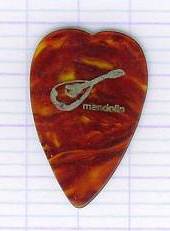
Together with the Mandolin Method by Giuseppe Pettine I have ordered those four Pettine picks. Pettine - and also other old mandolin methods - recommed a pick shaped like this for the mandolin. The small Pettine picks at the right hand are very small, the belong to the smalles picks I own. As you can see on the last pick, the quality was not very good - this would need some work if you want to use it.
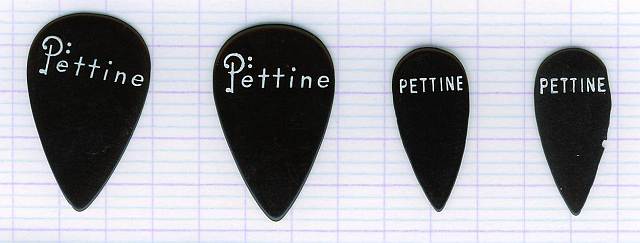
Dunlop has introduced many new materials for picks. They used delrin/acetal, which has very interesting features.
One of the materials has been named "tortex" because it is quite similar to tortoise shell. I have been using tortex picks for a lng time, and for me the tortex picks belong to the best picks that can be used for the mandolin. Tortex pick are produced in different sizes and thicknesses, each thickness has a special color. The yellow picks (0.73 mm) are just a little bit too soft, but right if you wan a clear tone, the green ones (0.86 mm) have possibly the best thickness for general usage. Blue is quite hard (1.0 mm), and violet (1.14) can be used, if you want a soft tone.
The big advantag of tortex picks is, that the edge does not get rough, so you can play those picks for a long time without caring much about it. As you can see from the pictures I have usually modified the form of those picks, beginning with a big one.
The basic material for those picks is polyoxymethylen also known as Delrin (a brad owned by Dupont), acetal or polyacetal. Dupont lists more than 60 different specialiezed products based on Delrin suited for different requirements. Which one of those is used for the Tortex picks is probably a secret
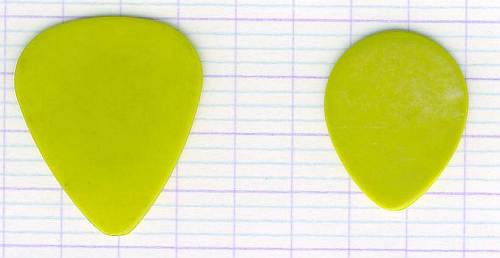


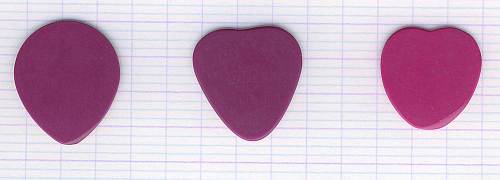


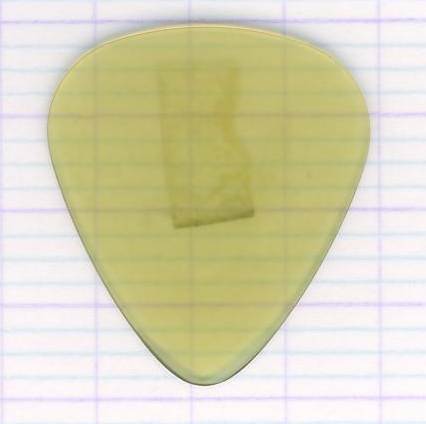

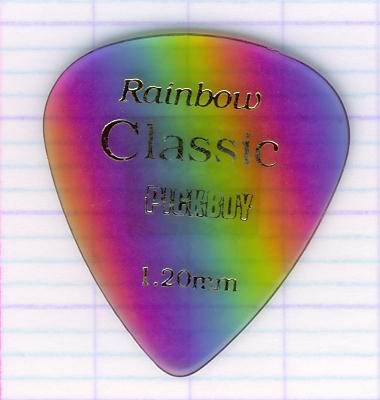
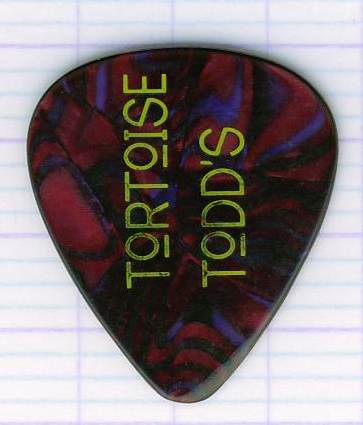
d'Andrea was the pioneer in picks. The typical teardrop shape for picks was created by d'Andrea, as you can read in the book titled picks.
A pick made by d'Andrea today is the pro-prig pick with a nice mixture of red, blue, black and white. The pick made by Galli has almost the same colors.
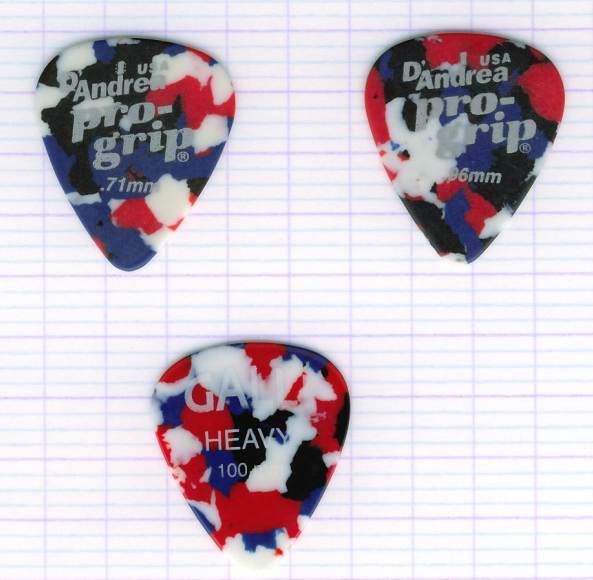
Wegen Picks are handmade picks made from a special hard material. Those picks are very hard, but the edges are shaped. Wegen produces differnt picks that are especially used for Jazz. The tonetoys triangle is a special pick produced for Tonetoys
Wegen Picks are quite expensive, but certainly very good. You can see the different picks made by Wegen on the Wegen Homepage - you can try to make your own picks like this (just use a big and heavy Clayton pick to start your project)
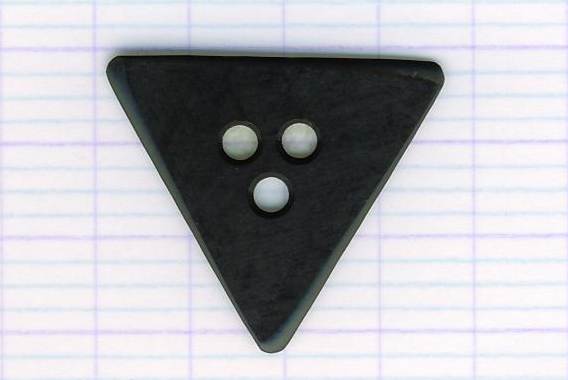
| If this page is
displayed without the left navigation frame
please click here to go to the MandoIsland homepage: |  |